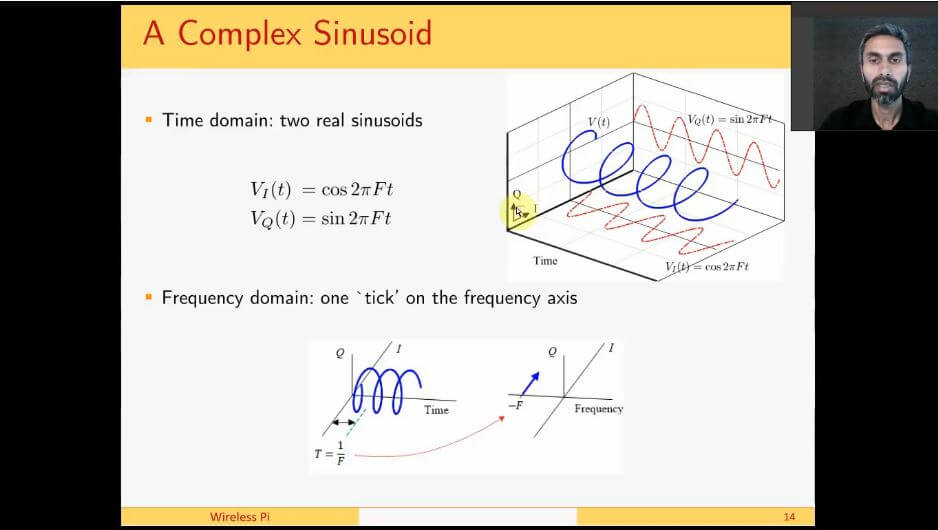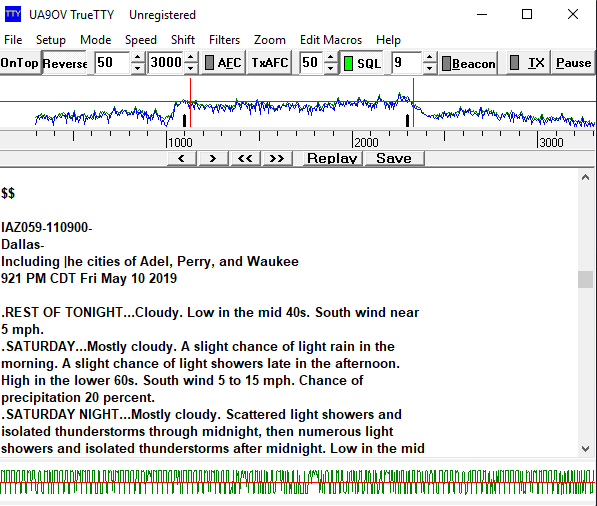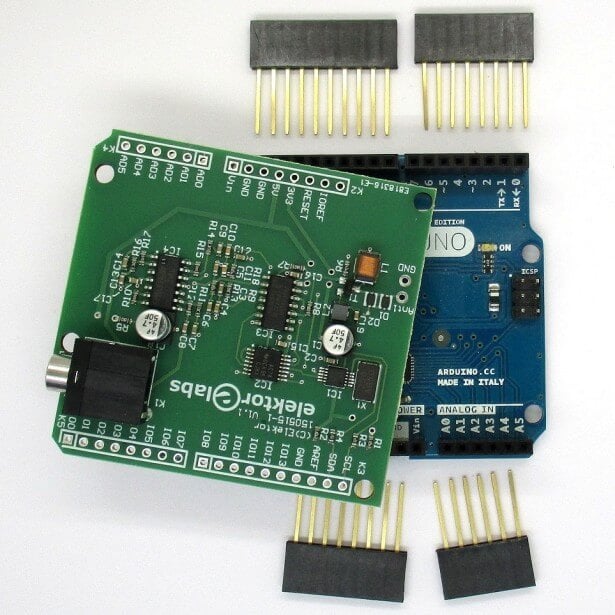Decoding Es’Hail-2 DVB-S2 Realtime in Linux with LeanDVB
Last week we posted about M Khanfar's YouTube video that showed how to decode Es'Hail-2/QO-100 DVB-S2 on Ubuntu with the LeanDVB decoder. However, the method he showed was not in real time as it involved recording an IQ file in GQRX first, then decoding that IQ file. Similarly we also posted last week about a Windows based real time decoder.
M Khanfar recently wrote in again and wanted to show that real time decoding is possible with LeanDVB. The method is to simply pipe the output of the rtl_sdr command line decoder in LeanDVB, and then into VLC. He notes that his PC isn't actually fast enough to decode in real time without lag, but a modern i5 CPU would work well. The actual terminal command is shown in his YouTube video description.
This is Realtime live DVB-S2 Decoding done , without need to record .RAW file , its live and easy method by one click ! In this video i decoding 2MS symbol rate from wideband transponder of QO-100 beacon , you can decoding 1MS , 0.5MS , 333KS , 125KS symbol rate ! The lower Symbol, the faster speed for decoding! , the Amateurs operators on QO-100 Uplink DATV DVB-S2 at 0.5 , 333 , 125Ks , so its easy to Live Decoding Now ! With very low SNR ! , so the normal SDR can coverage wideband beacon of 2Ms symbol and all Ham uplink ! , if you have an SDR that can coverage 27.5 mb of bandwidth, so you can easy decoding Live a standard commercial satellite channels! But it need a high speed Pc .




